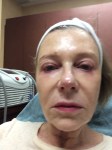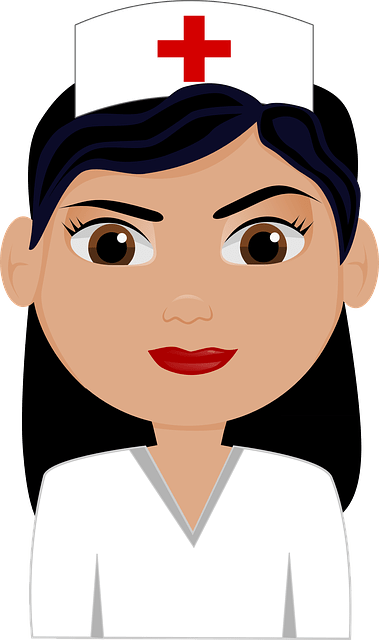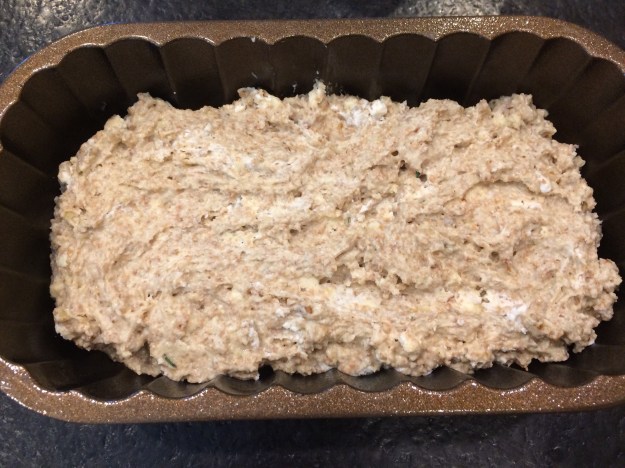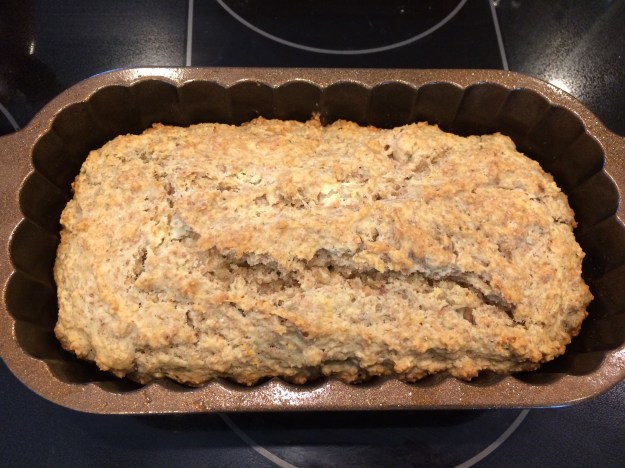Recently, my daughter met one of my cousins for the first time and commented, “She looks about 80.” Normally, this wouldn’t be a compliment, but my cousin is nearly 95!
One reason Helen looks so good is that she’s always taken care of her skin. In my own quest to keep blotches and wrinkles under control without going overboard, I keep exploring non-invasive procedures that deliver visible results to supplement my small arsenal of lotions, potions and sun block.
Which led me to the SkinPen.
Let me say at the outset that there are devices such as the Derma Roller you can use at home, and they seem to do a nice job of making the skin glow. However, they don’t penetrate as deeply as tools used by professionals so are less effective at treating fine lines.
The idea behind microneedling is to create thousands of micro-injuries (tiny vertical channels in the dermis) to initiate the body’s wound healing process. It sounds scary but is actually pretty cool, as the body responds by breaking down underlying damaged tissue and producing healthy new cells. These repair the injured tissue, creating more collagen and elastin.
As a side note, Fraxel will do the same thing, although it’s more aggressive.
Lasers, chemical peels and other invasive methods are considered ablative, meaning that they remove tissue to start collagen production in your skin. Lasers such as Fraxel or CO2 fractional laser either remove the top layers of skin or remove only small parts/fractions of the skin. Your skin care professional will know what’s best for your particular situation.
Both microneedling and lasers result in collagen production that slowly continues months after treatment, but the lasers remove tissue. Microneedling creates micro-injuries without using heat and without removing layers of skin, so the skin heals more rapidly compared to the recovery time from lasers. It’s also much less prone to infection.
Sign me up.
Microneedling is a two-step process. During the 28-day remodeling period following treatment, specific nutrients such as Vitamins C, A, E and copper peptides are applied topically to ensure proper cell nutrition. The makers of SkinPen offer a full line of post-procedure products (surprise!) or ask your derm or facialist for other suggestions.
Stephanie, my skin whisperer, recommends a series of three treatments spaced a minimum of one month apart. I can continue treatments indefinitely if the budget allows; she has one well-heeled client who comes in every six weeks but at a couple hundred a pop that’s out of my league.
Here’s what the makers of SkinPen say:
- A procedure that helps to reduce the appearance of fine lines and smooth wrinkles, SkinPen® may be used on all skin types
- A safe solution with little recovery time
- Results from a minimally invasive procedure
- A procedure for ongoing maintenance of healthy skin
- The advantages of your SkinPen® microneedling procedure include:
- SkinPen® microneedling is minimally invasive and a quick procedure, performed in-office
- Little recovery downtime makes SkinPen® ideal for a busy lifestyle, and a great place to start for aesthetic procedures
- Support of healthy skin
- Skinfuse® post-procedure protocol by Bellus Medical ensures you receive all the right vitamins and minerals to your skin, with none of the wrong ingredients
- Results are generated from your own skin’s natural collagen remodeling and elastin
- SkinPen® may be used on all skin types
- Ideal for assisting in reducing the signs of aging
- A versatile, precision design for use on most all parts of the body including face, neck, and décolletage. The SkinPen® helps reduce fine lines and soften the signs of aging. By tightening pores, your skin will look refreshed and have a youthful glow!
It’s now about 3 months since my first treatment and the lines around my lips do seem to have diminished. It will probably take another 3 months to see the true results.
TREATMENT #1
First, Stephanie applies a numbing cream and I wait 20 minutes for it to take effect. Perfect time to catch up on the office’s trashy celeb magazines! Using a gel for glide, she moves the little machine (which indeed looks like a pen) all over, avoiding moles. She goes over the worst areas (around mouth, chin) a couple of times. The SkinPen makes a fairly loud buzzing noise and doesn’t hurt, except for some slight pain in my lip and forehead areas. It certainly hurts a lot less than the IPL (Intense Pulsed Light) facials I get twice a year to zap brown spots. She then applies the company’s SkinFuse Rescue to protect the skin and begin restoring its moisture barrier. I leave with a tube of Rescue to use twice a day (or more as needed), a weekly collagen booster (Surge) and post-procedure instructions. 
- Day Of: After microneedling my face is dry, shiny, tight and blotchy, as if I have a sunburn. I go straight home, hoping I don’t run into anyone I know. The redness fades a bit after a few hours and I don’t look quite as horrible though it feels rather uncomfortable. Tonight I’m instructed to rinse my face with water only and apply Rescue cream before bed. I notice that the Rescue peels a bit (I’ve now applied it a few times) and resist the urge to poke at it.
- Day 1: After 24 hours I use a mild cleanser, apply moisturizer and avoid the sun. Most of the redness has faded but my skin still feels very dry, tight and dehydrated. I have a few areas of tiny pinprick blood spots on my cheeks and apply some topical arnica. I would NOT want to socialize with my skin looking like this!
- Day 2: Better but still dry. I continue putting arnica on the pinpricks.
- Day 3: Much more hydrated. Pinpricks are fading. Using normal skincare products. By today I could go out in public wearing tinted sunblock.
- Day 4-6: My skin now feels normal; I can cover the pinpricks with makeup.
- Day 7 and once a week: Use the Surge collagen booster.

TREATMENT #2 (5 weeks later)
- Day Of: After I comment that I haven’t seen any improvement yet, Stephanie suggests using PRP (Platelet Rich Plasma; also known as the “vampire facial”). PRP involves extracting a small amount of a patient’s blood from their arm and spinning it in a centrifuge to separate the plasma – the fluid part – from the red and white blood cells. Sounds creepy but is supposed to speed healing. Hey, why not?

Bwaahaha!
Stephanie is more aggressive with the SkinPen than last time but only my lip area is briefly painful. The plasma drips more than the gel so it’s messier but it only stains the headband she’d applied. After treatment Stephanie uses a new product from Alastin. Their recovery product is a whopping $195 for 1 ounce so, guess what, I don’t buy it.
At home I do some online research and find that the company (founded by 2 guys who used to work for SkinMedica) doesn’t disclose much about their ingredients or amounts so reviewers are skeptical. The products are meant to produce both elastin (hence the name) and collagen but doctors question how much a topical can really do. I’ve also read that it’s difficult to regenerate elastin in mid-to-older skin. Before I spring for the big bucks I’d want to learn a whole lot more.
- Day 1 (24 hrs later): The redness is fading and my skin is taut but less so than the first time. I have fewer pinpricks but in the same (left cheek) area. Apply arnica.
- Day 2: Notably more hydrated. My skin is too blotchy to go out in public without makeup (I use tinted Elta MD sunblock) and there’s some peeling from the products but it feels way better.
- Day 3: Almost 100% normal. Still applying arnica to red spots and using normal skincare.
- Day 4: Totally healed and my skin feels hydrated and supple. I’ve added Elta MD Barrier Cream to my skincare ritual (as of Day 1 night), which may be helping.
- Day 8: Add Surge to my nighttime ritual (and will continue to use once a week).
TREATMENT #3 (after 4 weeks)
- Day Of: PRP again. Nurse draws blood and spins to extract platelets. The SkinPen is painful around my lips, ok on my forehead/neck. I notice more redness/blotchiness/ blood spots than the previous two sessions. Stephanie applies Alastin and Rescue before I leave.
- Day 1: Today the redness is like a fading sunburn and my skin is taut. I only need Rescue twice (afternoon and at night). I apply arnica to blood spots (left cheek), take oral arnica 3x and add Elta barrier cream to my night ritual.
- Day 2: I use a hyaluronic acid mask, which adds moisture, and I can go out in public if I cover spots with Elta tinted sunblock. My skin feels slightly dryer than normal but not taut. I add vitamin C to my daytime ritual after applying Rescue.
- Day 3: Back to normal. I still have faint red spots on my left cheek and continue to use arnica.
- Day 7: Spots are finally gone.
One final note: The less you’ve cared for your skin, the more dramatic the results will be. If you’ve been diligent about sun block and retinol or use professional-level skin care products with good concentrations of vitamin C, glycolic acid, hyaluronic acid etc., the results will be more subtle: smoother skin, less blotchiness and a softening of fine lines.
So far, I think it’s worth it.
(Note: Not a sponsored post — I wish!; sunrise image from Pixabay.com)


















